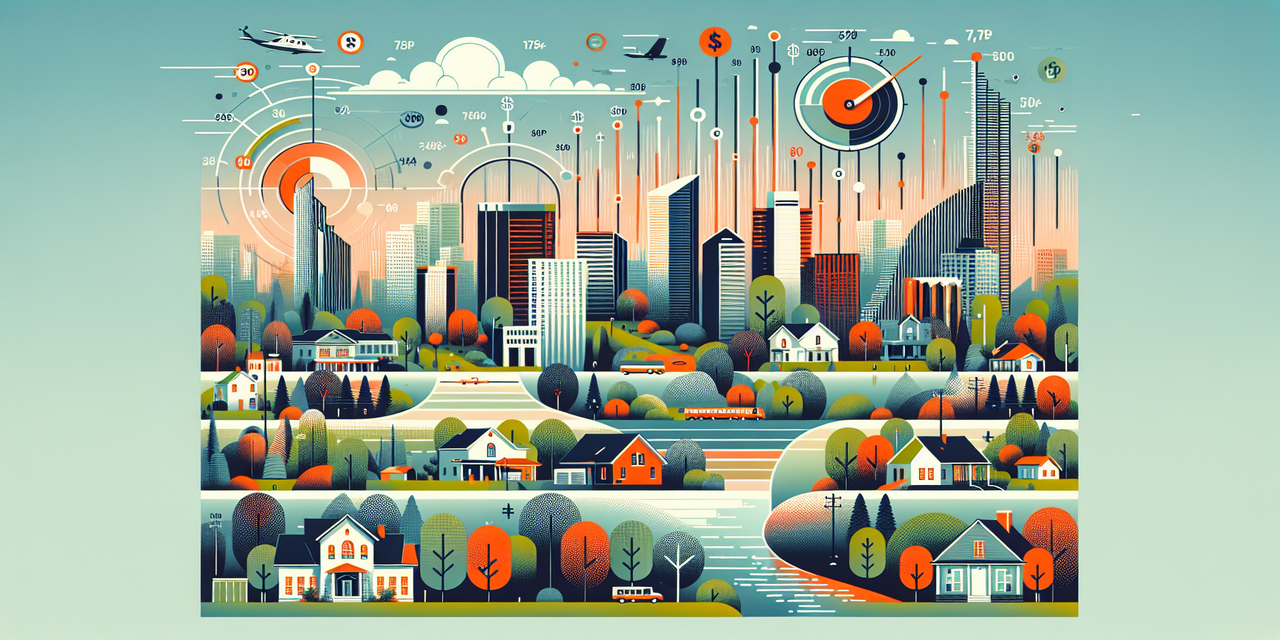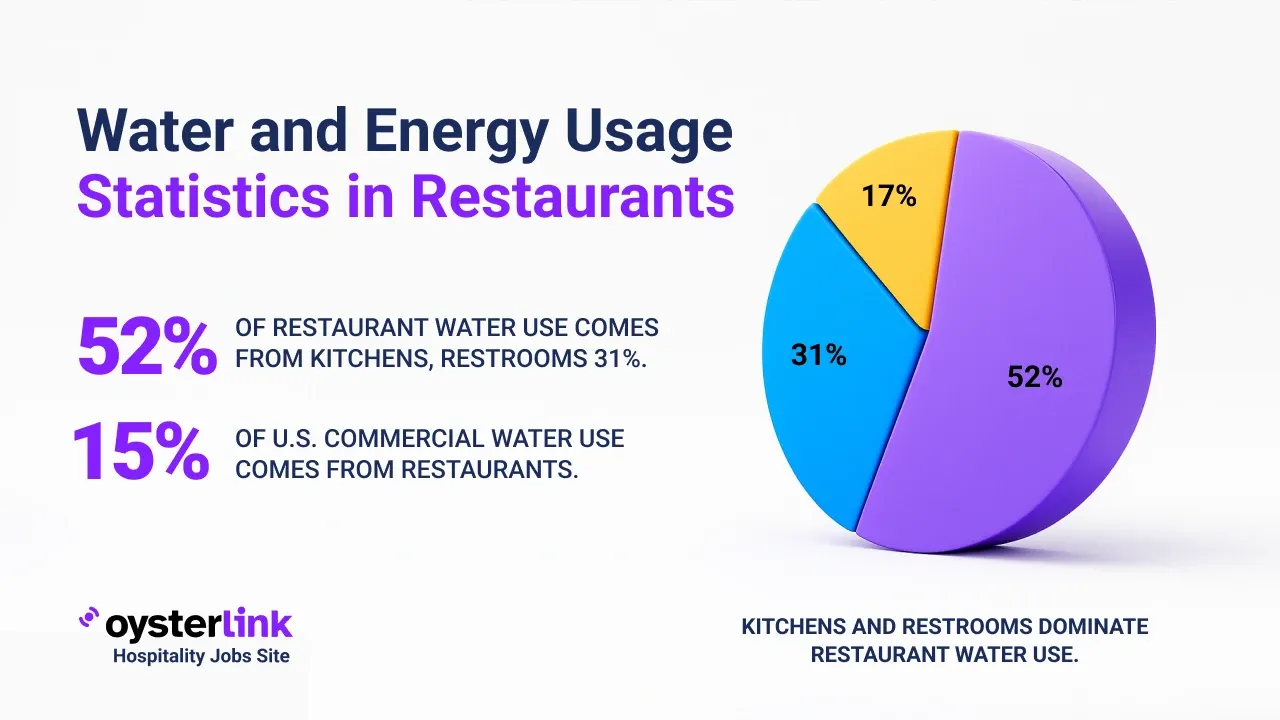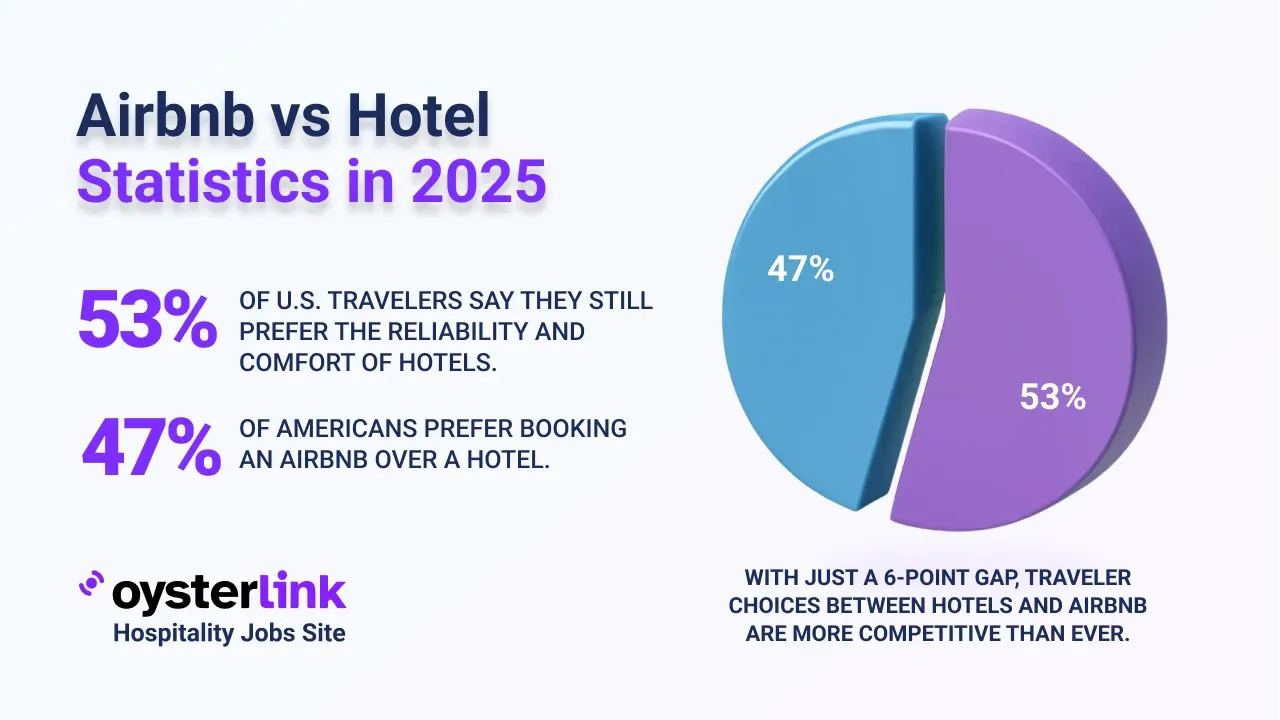Alabama Cost of Living: Quick Takeaways
- Housing Costs: The average rent for a one-bedroom apartment in Alabama is projected to reach $1,000 in 2025, showing steady growth over the past 15 years.
- Transportation Expenses: Public transit fares are affordable, with one-way fares at $1.59 and monthly passes about $44.80.
- Healthcare Costs: Monthly health insurance premiums through employer-sponsored plans average around $140, while Silver plans are about $600.
- Income Levels: Median household income in Alabama stood at approximately $51,734 in 2025, reflecting modest increases over the years.
Alabama offers an affordable cost of living with gradual increases in housing and utilities over the years.
This article dives into the detailed expenses impacting residents, covering housing, transportation, groceries, healthcare and more as of 2025.
1. Housing Costs in Alabama
Housing affordability is a major factor in Alabama's overall cost of living.
- 2010: Average rent for a one-bedroom apartment was approximately $600.
- 2015: Increased to around $700.
- 2020: Further rise to $800.
- 2024: Reached $900.
- 2025: Projected to be $1,000.
This steady rental increase reflects gradual housing demand expansion in the state.
For those interested in hospitality real estate market opportunities within Alabama or the Southeast, insights into hospitality real estate market trends can provide essential knowledge on investment and development prospects in such growing regions.
2. Homeownership and Real Estate Trends in Alabama
For prospective homeowners, Alabama has shown moderate growth in property prices.
- 2010: Median home price was approximately $150,000.
- 2015: Rose to $170,000.
- 2020: Increased further to $200,000.
- 2024: Reached $235,313.
- 2025: Expected to hold steady at $235,313.
The trends suggest a balanced market with increasing home values, offering investment opportunities.
3. Transportation Expenses in Alabama
Transportation costs are a significant aspect of Alabama living standards.
- Public Transit: One-way fares average $1.59 with monthly passes costing about $44.80.
- Fuel Costs: Fuel prices average $3.20 per gallon.
- Vehicle Maintenance: Annual expenses for upkeep approximate $1,200.
Costs can vary depending on commuting habits and vehicle types.
4. Utility Costs in Alabama
Utility expenses are moderately priced in Alabama.
- Electricity: Monthly costs average $126.
- Internet: Services typically cost around $61.40 per month.
- Total Utilities: Monthly utility bills sum to roughly $187.40.
These figures depend on individual usage and provider choices.
5. Grocery and Food Expenses in Alabama
Food expenses are slightly below the national average in Alabama.
Monthly grocery costs are about $300 per person. Dining out ranges from casual meals at $16.80 to mid-range meals averaging $59.10.
Restaurant owners looking to understand hiring challenges and improve staff retention may find strategies in our spotlight on restaurant staff hiring valuable for optimizing operations without escalating costs.
6. Healthcare Costs in Alabama
Healthcare expenses include insurance premiums and out-of-pocket deductions.
Employer-sponsored health insurance premiums average $140 monthly. Silver health plans cost about $600 monthly.
7. Educational Expenses in Alabama
Education costs vary based on school type and level.
- Public Schools: Generally funded through taxes and incur no direct fees.
- Private Schools: Average yearly tuition is about $10,000.
- Higher Education: In-state university tuition averages $10,000 annually.
Costs can fluctuate by institution and program.
8. Entertainment and Leisure in Alabama
Alabama offers various recreational opportunities with affordable costs.
- Movie Tickets: Cost about $11.60 each.
- Gym Memberships: Average monthly price is $36.70.
- Mid-range Dining: Meals cost around $59.10 on average.
Annual spending on entertainment is estimated at $2,000, with personal care services around $600 and miscellaneous goods about $700.
9. Taxes and Miscellaneous Fees in Alabama
Tax rates impact cost dynamics in Alabama.
- State Income Tax: Ranges from 2% to 5% depending on income bracket.
- Sales Tax: Combined rates range between 4% and 11% inclusive of local taxes.
- Property Tax: Averages approximately 0.40% of property value annually.
These taxes affect both residents and businesses.
10. Childcare and Family Expenses in Alabama
Families should consider childcare costs in budgeting.
- Daycare: Monthly fees approximate $1,035.
- After-School Programs: Cost around $300 per month.
- Extracurricular Activities: Average about $100 monthly.
These expenses can significantly influence family budgets.
11. Clothing and Personal Care in Alabama
Clothing and personal care expenses are moderate.
- Clothing: Monthly spending averages $100.
- Personal Care Products and Services: Monthly expenses are about $50.
Actual spending varies with lifestyle and preferences.
12. Insurance Costs in Alabama
Insurance contributes significantly to living expenses.
- Health Insurance: Monthly premiums average $600 for Silver plans.
- Auto Insurance: Annual premiums are around $1,200.
- Homeowners Insurance: Annual cost averages $1,500.
- Renters Insurance: Usually about $200 annually.
Costs vary depending on coverage and location.
13. Miscellaneous Expenses in Alabama
Additional expenditures round out the cost of living.
- Entertainment: Average annual spending is approximately $2,000.
- Personal Care Services: Costs about $600 yearly.
- Miscellaneous Goods and Services: Annual expenses average $700.
These figures are subject to personal spending habits.
14. Income and Salaries in Alabama
Income levels provide context for affordability in Alabama.
- 2010: Median household income was about $42,000.
- 2015: Increased to roughly $45,000.
- 2020: Rose to $50,000.
- 2023: Reached approximately $51,734.
- 2025: Expected to hold steady at $51,734.
The moderate income growth aligns with gradual cost of living increases.
Employers in Alabama's hospitality sector should be aware of prevailing wages in relevant roles. For example, our career page on bartender salaries provides regional insights which can guide competitive compensation in hospitality job postings.
15. Comparison with National Averages
Alabama's cost of living compares favorably to national averages in many areas.
- Overall Cost: Approximately 12% lower than the national average.
- Housing: About 29% lower in cost.
- Utilities: Slightly higher by 5%.
- Food: Around 3% below average.
- Healthcare: Approximately 3% lower.
- Transportation: Roughly 3% less expensive.
- Goods & Services: Nearly 9% more affordable.
These differences highlight Alabama's affordability in housing and personal expenses compared to national figures.
Our Methodology for Alabama Cost of Living Figures
We aggregate data from reliable sources such as government reports, research databases, and industry analyses.
When specific data points are unavailable, informed estimates are made based on trends and comparable metrics.
This comprehensive approach ensures a valuable and realistic representation of Alabama's cost of living.
Alabama Cost of Living: Conclusion
Alabama remains an affordable state to live in 2025, with housing costs significantly below national levels and moderate expenses in utilities and groceries.
Despite incremental increases in rent and home prices, the state's overall affordability, coupled with modest income growth, makes it an appealing place for residents and families.
Understanding the detailed expenses outlined here can help current residents and newcomers plan their finances effectively for living in Alabama.
For hospitality employers looking to optimize recruiting and retention in Alabama's market, our restaurant staff hiring spotlight and how to hire top chefs guide can offer targeted strategies for success.

.webp)
.webp)

